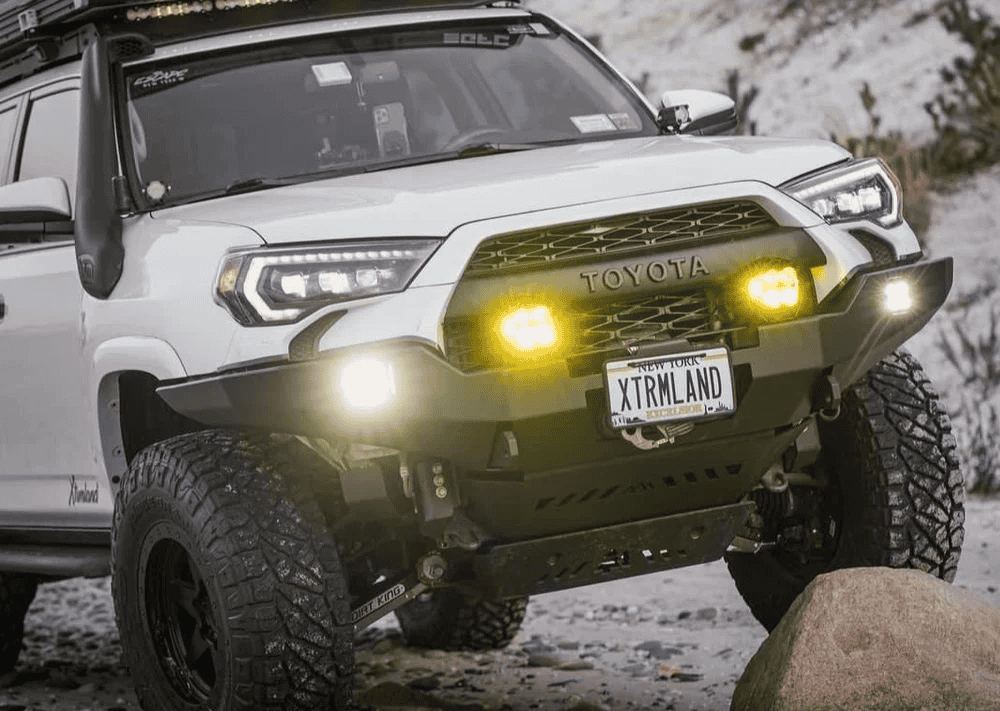Overland Vehicles

Expedition truck campers are built for long range travel away from pavement and plug ins. They pair a durable chassis with a living module that prioritizes payload margin, ground clearance, and reliable systems. Typical hallmarks include reinforced suspension, all terrain tires, protective armor, and weatherized construction. Inside, you will find efficient layouts with a galley, convertible seating, and a bed that does not require teardown each night. Power systems normally combine a sizable lithium battery bank, solar array, intelligent alternator charging, and a true sine inverter for household devices.
The structure matters as much as the gear. Box materials range from composite panels to aluminum framed shells, each with tradeoffs for weight, insulation, and repairability. A lower center of gravity improves handling on rough tracks, while smart weight placement keeps axle loads within ratings. Heating, ventilation, and insulation work as a system; a well balanced package prevents condensation and maintains comfort in winter and summer.
The phrase 2 story camper van usually describes a layout with an upper sleeping loft and a lower day space rather than a true second floor with stairs and walls. The common path is a pop top that lifts a roof panel to create headroom and a bed platform above. Some designs use a rigid clamshell, others rely on fabric bellows with screened windows. The result is more vertical living space without permanently increasing vehicle height while driving.
A 2 story pop up camper extends that concept to a truck or van platform. When deployed, the roof raises to add an upper berth for sleeping, star gazing, or gear storage. When closed, the profile drops for better aerodynamics and lower center of gravity. This approach helps meet bridge and tree clearance in cities and trail corridors while still delivering a loft like feel at camp.
Legal height limits vary by region, with common roadway clearances around thirteen feet six inches in many states. A pop up keeps the travel height low, then adds space only when parked. Stability depends on roof mechanism rigidity, latch strength, and wind management around the fabric perimeter. Quality builds minimize flex, reduce drafts, and use locking hardware that will not rattle loose on washboard roads.
Cold weather use depends on insulated panels, thermal breaks, and heater capacity. Look for soft wall insulation, storm covers, and vapor barriers near sleeping surfaces. In hot climates, screened apertures and cross ventilation matter, along with reflective exterior finishes and roof fans that move real cubic feet per minute.
The lower level should flow even with the roof closed. Galley and storage should be reachable without lifting the top during quick roadside stops. The upper loft benefits from a lifting bed base or panels that hinge out of the way for standing room. Clever cabinetry can integrate ladders or steps, while keeping weight trimmed to preserve payload.
Many shoppers search storyteller overland mode lt for sale when comparing ready made builds. Regardless of brand, evaluate the fundamentals rather than focusing on a nameplate. Confirm gross vehicle weight rating, axle ratings, and real payload with water and options aboard. Check battery chemistry and usable amp hours, charging rates from solar and alternator, and whether the inverter can run an induction cooktop or air conditioning for realistic durations.
For expedition truck campers, review approach and departure angles, recovery points, and underbody protection. Inspect door and window seals, panel joints, and mounting points where the module meets the frame. For a 2 story pop up camper, cycle the roof multiple times and listen for binding, creaks, or air leaks. Ensure the roof can be safely secured in wind and that the closing procedure does not pinch the fabric.
If you are set on a 2 story camper van, compare the true interior standing height with the top closed, the thickness of the pop top bellows, and the ease of climbing into the loft. Ask about condensation management in shoulder seasons, especially above the mattress. When reviewing storyteller overland mode lt for sale listings, verify service access to electrical components, the heater location, and how quickly parts can be sourced.
When your research turns into a wish list, a tailored build can match your routes, climate, and gear. Our team crafts expedition grade vans and trucks with thoughtful layouts, quiet cabins, and systems that hold up to backcountry use. Explore our Overland rigs to see the approach we bring to long range travel.
If you want the feel of a 2 story pop up camper or a lofted sleeping zone, we design structures and interiors that protect payload margin and keep handling predictable. Learn how we turn ideas into road ready rigs with our Custom overland upfit process. Curious about how we work and what sets our shop apart in build quality and client support? Start here: Why choose OZK Customs.
Tell us how you travel, what you carry, and the terrain you plan to cross. We will map a build that balances height, storage, and autonomy, from expedition truck campers to smart pop up lofts. Share your vision and we will turn it into a dependable, trail proven machine.
At OZK Customs we build custom adventure vans, overland rigs, towable campers, commercial and municipal vans, and precision fabrications. We handle complete builds or partial upfits, electrical and solar, suspension upgrades, racks, lighting, and more, all from our shop in Fayetteville Arkansas.
Ready to turn your vision into a road proven rig? Share your travel style and must haves, and our team will design a custom overland build that fits your routes, gear, and budget. Submit the form to start your build plan and pricing.
ADDRESS:
6159 E Huntsville Rd, Fayetteville, AR 72701
PHONE:
(479) 326-9200
EMAIL:
info@ozkvans.com